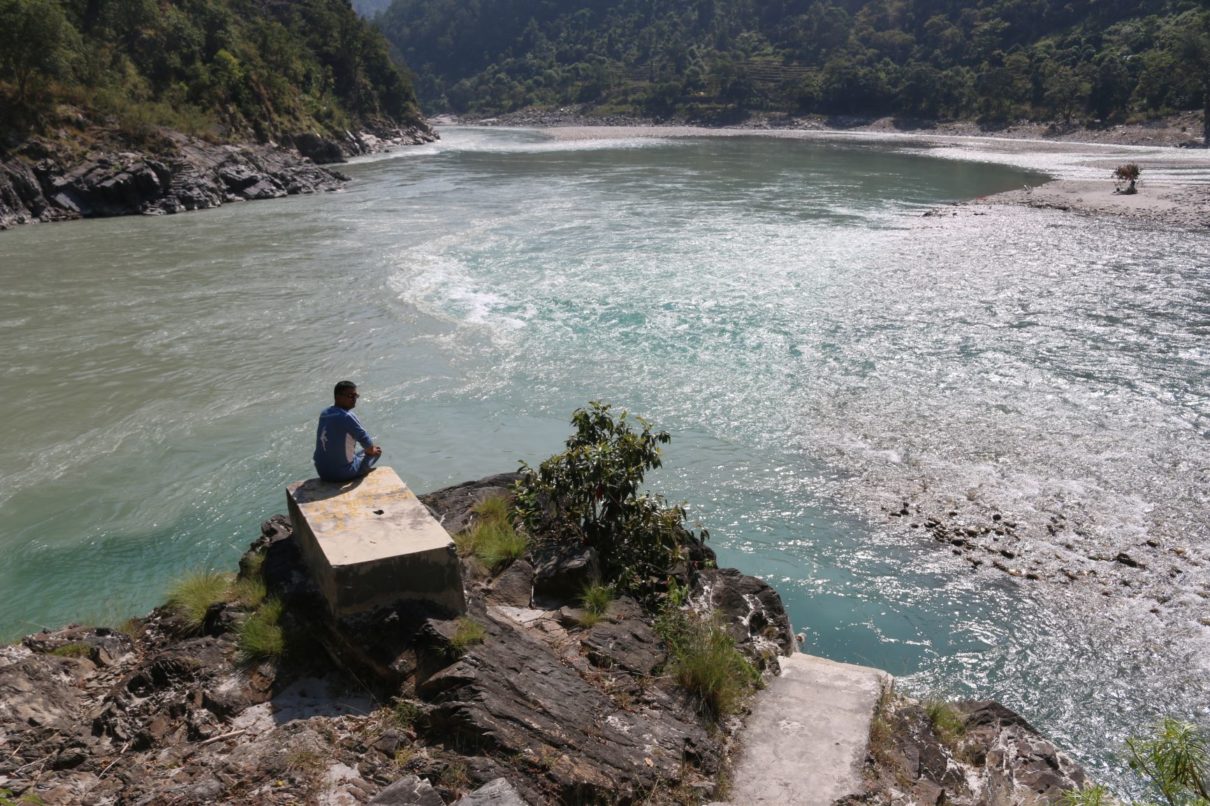The provision requiring cash margin was introduced in April 2022 to discourage imports after the balance of payment deficit widened and depleted foreign exchange reserves since the early days of the fiscal year 2021/22.
The eight-month long import restrictions have made quite an impact on the country's foreign trade. Official statistics show Nepal's imports declined by 19.90 percent and trade deficit by 18.71 percent in the first seven months of the current fiscal year. Though these curbs contributed to reducing imports and improving the country's external sector to a certain extent, they also resulted in a huge decline in government revenues, which is heavily reliant on imports. Sharp decline in revenue collection forced the government to lift restrictions on the import of vehicles, alcohol, and expensive mobile phones. With the restrictions in place, the country's overall imports were on the lower side from the start of the current fiscal year compared to the last fiscal year. The country's import bill in Shrawan (mid-July to mid-August) stood at Rs 131.30bn. It increased to Rs 142.30bn in Bhadra (mid-August to mid-September) before going down to Rs 127.40bn in Ashoj (mid-September to mid-October). Imports increased to Rs 131.70bn in Kartik (mid-October to mid-November) and Rs 132.10bn in Mangshir (mid-November to mid-December). However, it declined again in Poush (mid-December to mid-January) to Rs 127.90bn. Businesspersons say imports have decreased due to the low demand in the market along with higher borrowing rates and liquidity crunch. "There is no demand in the market currently," said Kamlesh Agarwal, vice president of Nepal Chamber of Commerce. "Money circulation in the market has been disrupted and the government has also not been able to expedite the capital expenditure which could increase liquidity." As the country's industrial sector grapples with high-interest rates, liquidity crunch, and falling demands, imports of industrial raw materials and products have declined in the first seven months of the current fiscal year. There has been a sharp decline in imports of industrial products such as iron and steel, machinery parts, electronic and electrical equipment, telecommunication equipment, and polythene granules, among others. Meanwhile, automobile dealers have not yet cleared the imported vehicle and chassis parked at customs yards. Around 2,900 four-wheelers and their chassis remain stuck at the customs yards, particularly at Birgunj Customs Office, Inland Container Depot in Birgunj, and Bhairahawa Customs Office. Automobile dealers say while the NRB did ease the process, they are not clearing the vehicles mainly due to difficulty in getting auto loans and low market demand. "The loan-to-value ratio on auto loans is still at 50 percent. Given the current situation, customers are not interested to buy vehicles," said Anup Baral, executive member of the NADA Automobiles Association of Nepal. Foreign Trade
| Trade Indicators | FY 2021/22 (First Seven Months) | FY 2022/23 (First Seven Months) | Change |
| Imports | Rs 1147.46 billion | Rs 919.16 billion | -19.90% |
| Exports | Rs 131.65 billion | Rs 93.43 billion | -29.03% |
| Trade Deficit | Rs 1015.80 billion | Rs 825.73 billion | -18.71% |
| Total Foreign Trade | Rs 1279.12 billion | Rs 1012.59 billion | -20.84% |
| Month | Imports |
| Shrawan | Rs 131.286 billion |
| Bhadra | Rs 142.313 billion |
| Ashoj | Rs 127.399 billion |
| Kartik | Rs 131.693 billion |
| Mangshir | Rs 132.055 billion |
| Poush | Rs 127.92 billion |
| Magh | Rs 126.499 billion |











